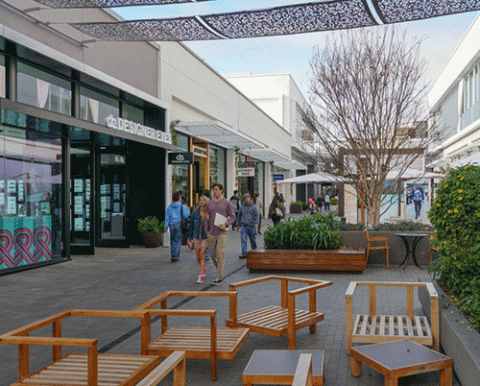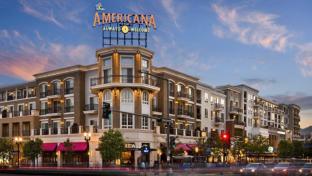Jll: Open-air center demand nearly triples in Q2; retail space availability shrinks

Healthy demand and minimal construction are reducing retail space availability.
There is now less space available for lease in shopping centers than at any other time since before the Great Recession of 2008, according to JLL’s “United States Retail Outlook Q2 2023” report. Availability within non-mall multi-tenant retail centers dropped to 7.5% in June, a precipitous drop from 2020 when pandemic measures caused availability to spike to double digits.
In other findings, open-air center demand nearly tripled in the second quarter, while grocery-anchored retail retained its position as the most heavily transacted multi-tenant retail sub-type by volume ($3.6 billion). It was followed by unanchored strip centers ($2.6 billion) and neighborhood centers ($1.7 billion).
Other highlights from the report are below.
•Smaller store spaces (under 5,000 sq. ft) have seen the most demand due – in part – to the aggressive expansion of quick-service restaurants in the last few years. However, as groceries, dollar stores, fitness and experiential retailers look to grow their footprints, retail spaces over 25,000 sq. ft. have seen a noticeable contraction in availability as well.
•Despite the rising incidence of bankruptcies, year-to-date opening announcements are running comfortably above closing announcements. Dollar stores and restaurants — particularly quick-service ones — retain the top spots, announcing more than 1,000 new locations each in 2023.
•As recent retail bankruptcies like Bed Bath & Beyond bring more space back into the market, retailers have been snapping up these vacated boxes because they are generally in top-notch locations. Discounter Burlington has scooped up 50 such spaces, while other retailers like craft store Michael’s and furniture store Havertys have also taken multiple locations.
•Mall net absorption was negative for the fifth straight quarter at -1.0 million square feet, causing mall vacancy to increase 20 basis points from the previous quarter. All mall types saw negative net absorption during the second quarter. However, Class A malls showed positive absorption of 0.2 million square feet.
•Phoenix once again topped major markets for mall absorption at 0.3 million sq. ft. Miami, Tampa and Washington, DC also saw net absorption above 100,000 sq. ft. during the quarter. Mall rents grew the most year-over-year in Las Vegas (12.4%), Phoenix (9.8%) and Tampa (8.8%). Los Angeles has the most space under construction (0.4 million sq.ft.).
•Power center net absorption surged to 1.1 million square feet after dipping slightly in the first quarter. Net absorption for the past 12 months totaled 5.2 million square feet. Big-box expansion is gaining pace.
•Discounters including Kohl’s, Ross and Five Below took over 230,000 sq. ft. of space during the quarter. Grocery retailers including Costco and Grocery Outlet account for another 225,000 sq. ft. of space absorbed. Craft stores, home furnishing retailers and sporting goods retailers also took well over 100,000 sq. ft. of space each during the quarter.



